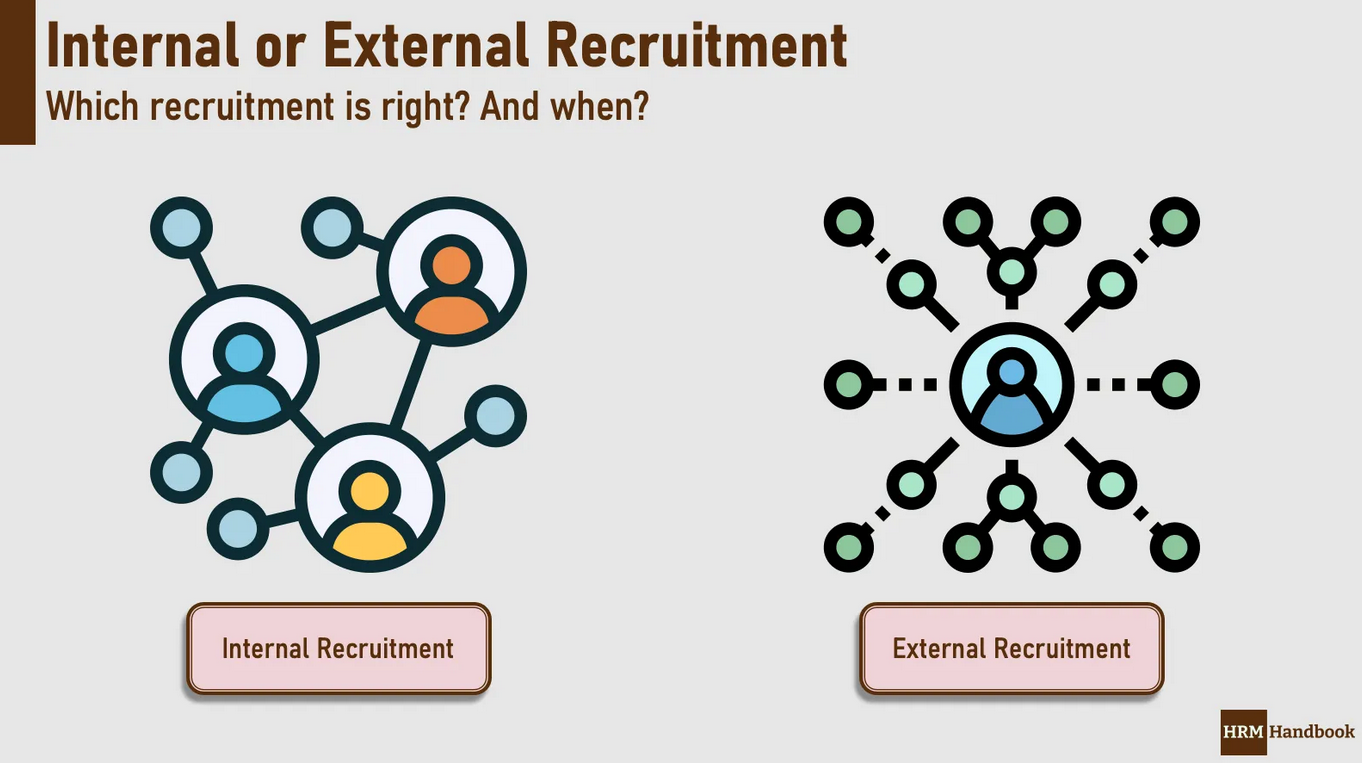
Welcome to your Capella University online course, NURS-FPX4040 – Managing Health Information and Technology
Nursing informatics (NI) is a growing specialty due to its increasing impact on health care. NI incorporates nursing science with information management and analytics “to identify, define, manage, and communicate data” and information to inform nursing practice as well as organizational and health care policy (Healthcare Information and Management Systems Society, n.d.). NI’s impact is expansive and can serve to assist health care professionals, patients, and organizations in making decisions that positively impact patient care.
Baccalaureate-prepared nurses leverage technology to effectively and efficiently achieve desired patient, systems, and population outcomes. This course focuses on the development of generalist nursing practice competencies for the management of health information and patient care technologies.
Audiovisual Equipment Setup and Testing
In Assessment 4, you will be asked to prepare a recorded presentation that includes audio and, if you choose, video, using Kaltura or similar software. To create your audio recording, you will need a built-in or external microphone and, for optional video, a webcam or video recording device. It is a good idea to check that your recording equipment and software are working properly and that you know how to record and upload your audio presentation.
Note: If you require assistive technology or alternative communication methods to participate in this activity, please contact DisabilityServices@Capella.edu to request accommodations.
Your Online ePortfolio
Creating an ePortfolio is not required in the BSN program, but you may find it helpful to create one to attach to your professional resume while job hunting. Online ePortfolios serve two key purposes: 1) to support learning and reflection, and 2) to be used as a showcase tool. Your learning journey can be documented, and ePortfolios contribute to lifelong learning and growth through reflection and sharing. Online ePortfolios can also be shared with employers and peers to present artifacts that demonstrate your accomplishments at Capella.
Using ePortfolio to Build Your Career
As you are preparing to tell your story in the professional world, leverage your ePortfolio artifacts to demonstrate the knowledge and competencies you have gained through your program in professional conversations, performance reviews, and interviews. To do that, reflect on the knowledge and skills you have gained from your courses and the elements you have put in your portfolio, along with how you have already applied these things to your professional life or how you might apply them in the future. Next, create your story or talking points to tell your professional story.
Privacy Statement
Capella complies with privacy laws designed to protect the privacy of personal information. While you may voluntarily share your own information publicly, you are obligated to protect the personal information of others that may be associated with your academic or professional development. Before sharing information and material in any ePortfolio that is set up to be shared externally to your program at Capella, please consider privacy obligations in relation to protected populations who may be included or referenced in your academic or clinical work. Refer to the Family Educational Rights and Privacy Act (FERPA) and/or the Health Insurance Portability and Accountability Act (HIPAA) if you have specific questions or concerns about your choices.
Reference
Healthcare Information and Management Systems Society (n.d.). What is nursing informatics? https://www.himss.org/what-nursing-informatics
Course Competencies
To successfully complete this course, you will be expected to:
- Describe nurses’ and the interdisciplinary team’s role in informatics with a focus on electronic health information and patient care technology to support decision making.
- Implement evidence-based strategies to effectively manage protected health information.
- Evaluate the impact of patient care technologies on desired outcomes.
- Recommend the use of a technology to enhance quality and safety standards for patients.
- Apply professional, scholarly communication to facilitate use of health information and patient care technologies.




